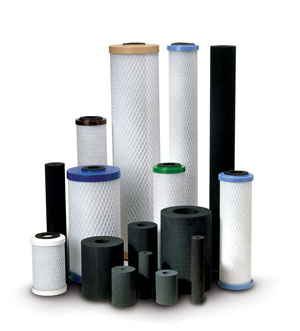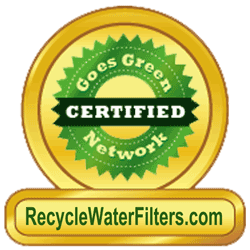Common Drinking Water Contaminents
Copper in Drinking Water
According to the World Health Organization Copper is a metallic element that is essential to human health. Too little is unhealthy and too much can lead to copper poisoning. The body cannot synthesize copper so the human diet must supply regular amounts for absorption. The daily requirement is about 2 mg of copper intake per day to maintain a balance of 75-100mg in the adult body.
There are many sources of copper contamination in the environment. Industrial discharges, Copper salts used for algae control in reservoir,s Copper plumbing materials due to corrosion.
Potential Health Effects include Acute copper poisoning: nausea, vomiting, diarrhea, gastrointestinal illness, abdominal and muscle pain. Severe cases of copper poisoning have led to anemia, liver poisoning, and kidney failure. Elevated copper levels in water used to prepare an infant’s formula may cause loose stools and vomiting after eating. Other adverse health effects from copper are associated with a genetic disorder known as Wilson’s Disease. This genetic defect causes copper to accumulate in the liver, brain and other vital organs immediately after birth which eventually results in hepatitis, psychiatric, or neurologic symptoms.
Treatment Methods Point-of-Entry (POE) Point-of-Use (POU) Reverse Osmosis Systems, Distillation and Cation Exchange




